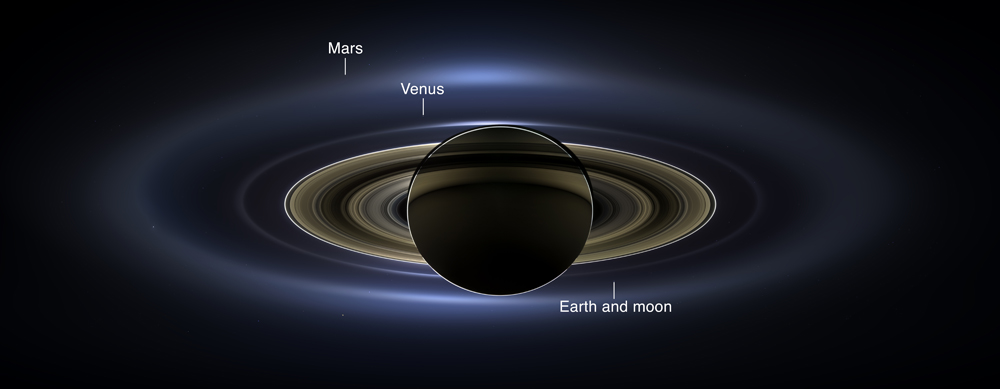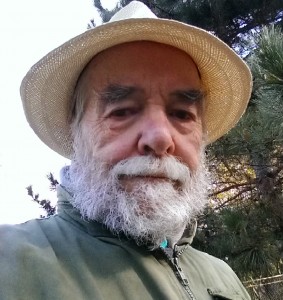Samhain Thanksgiving Moon
In a way I didn’t want to watch it. Black Fish. I knew from the trailer that it would make me mad and sad in equal measure. But we watched it tonight anyhow.
It made me hang my head in shame as a member of the human race. Tilikum, the raked male who pulled a SeaWorld trainer to her death in 2010, had been taken from Puget Sound as a youngster. These are animals that never leave their mother’s side, remaining in pods that are like small aquatic nations with differing cultures and language.
It screams slavery. Families broken up, individuals bought and sold for their ability to entertain or, in Tilikum’s case, provide consistent semen for artificial insemination. Animals who might swim 100 miles in a day in the wild are confined for life in concrete pools, and shut away at night in even smaller pens with no lights and no access to the sky.
In the wild males like Tilikum are kept at the margins of the pods, ruled by the mothers with matriarchal dominance. In captivity, unable to escape, Tilikum suffered repeated attacks by the females, especially at night when shut up with them in the smaller pen.
By the end I was crying and wanting to hold someone accountable. This is an outrage. It’s not the only one and it may not be the worst one, but it is unconscionable and wrong. The orca brain has an extended organ within it, a larger element than similar organs in humans. A neuroscientist who studied orcas under magnetic resonance imaging and in autopsies said their brain just shouts emotion. They are very social animals who appear to have taken life together a level beyond what we can understand. And we put them in pens so we can sell plush toys?


